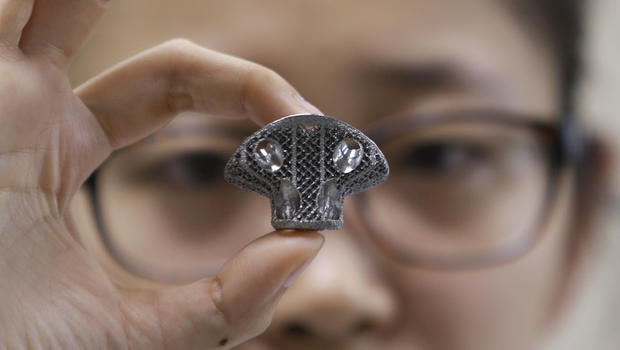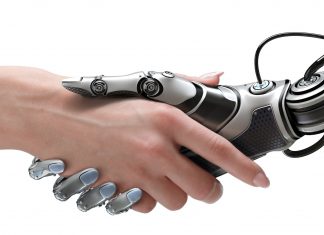
The world’s first 3D printed vertebra has been successfully implanted in a 12 year old patient from China.
The patient had a malignant tumor on his spinal cord and was subjected to extensive surgery at Peking University Third Hospital (PUTH). In order to prevent the cancer from spreading, it was necessary to remove second vertebra and replace it with an implant. As a result, doctors used a 3D printed piece, which made the 12 year old boy the first person to receive a vertebral implant created on a 3D printer.
Unlike the pre-fabricated conventional orthopedic implants, 3D implants can be designed in a precise accordance with the shape of the patient’s bones and can be attached to them without using cements or screws, which can lose their grip over time.
“Although the probability is very low, it is possible that under long-term pressure from inside the body, traditional implants might plug into bones gradually, or become detached from bones. But there will be no such problems for 3-D printed implants,” said Liu Zhongjun of the Orthopedics Department at Peking University.
In the case of the boy, the doctors not only used a 3D implant that was designed to perfectly fit his bones, but also made tiny pores in it to enable the bones to grow into it, which helped stabilize the device and avoid the risk of becoming detached over time. At the same time, the implant was made out of a titanium powder, which is a material commonly used in traditional orthopedic implants.
The boy went through a 5-hour-long surgery and will have his head and neck immobilized with a special halo for the next three months. Doctors are optimistic about his recovery.
3D printing could revolutionize orthopedic surgery as it offers high flexibility of the shape of the printed implants, which opens the door for a number of possible uses.
Now, the implant can be crafted in such a way that it perfectly matches the bones around it and does not require the use of cements and screws, which significantly reduces the recovery period and prevents the implant from becoming loose and dislocating.
Source: The Mind Unleashed






